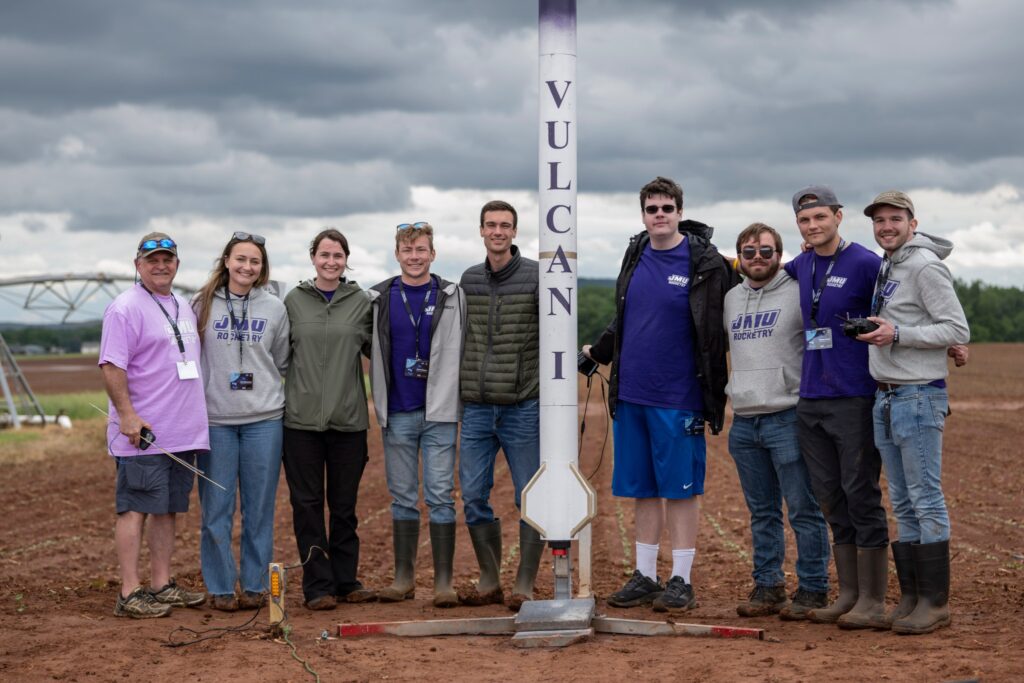NASA is asking the public to comment on an environmental assessment for its Mars sample return effort.
The project, a collaboration with the European Space Agency (ESA), aims to bring to Earth samples gathered by the Perseverance Mars rover, perhaps as early as 2033. Once they’re here, scientists in labs around the world will scrutinize them for signs of Mars life and clues about the Red Planet’s evolutionary history.
Comments are due May 16 either online or by mail. The agency also plans to hold two virtual public meetings at this link. The meetings will be Wednesday (May 4) at 3 p.m. EDT (1900 GMT) and Thursday (May 5) at 8 p.m. EDT (0000 GMT on Friday, May 6).
“The public meetings will include briefings about the status of the National Environmental Policy Act process for the proposed program, as well as its purpose and scientific goals,” NASA said in an April 29 statement.
Related: NASA’s Perseverance Mars rover nabs 8th rock sample on the Red Planet

“Meetings will also cover why the Utah Test and Training Range operated by the U.S. Air Force is the proposed landing site for the samples, and what planners are doing to ensure safe and secure return of the samples — a topic known as backward planetary protection,” the agency added.
Public comments will be considered during development of the Mars sample return draft environmental impact statement, which will also be released for public comment in 2022 if the schedule holds, NASA officials said.
The request for public input comes after some changes to the sample return campaign that were announced a few weeks ago.
Related stories:
In March, NASA determined it would be preferable to develop a second lander due to the mass requirements of the mission. That second lander will carry the “fetch rover” from ESA, while the first one will tote the NASA-developed Mars ascent vehicle (MAV).
The mission calls for the fetch rover to retrieve Perseverance’s cached samples, which the rover is collecting on the floor of Mars’ Jezero Crater, and then place them in the MAV. The MAV will launch the samples to Mars orbit, where an ESA-provided Earth-return orbiter will snag them and bring them to our planet.
Adding a second lander to the process pushes the proposed launch date by two years to 2028, with the samples’ arrival on Earth delayed to 2033 from 2031.
NASA officials said that the revised plan “is consistent with the Mars Sample Return Independent Review Board‘s (IRB) finding that a dual-lander architecture may improve the probability of mission success.”
Follow Elizabeth Howell on Twitter @howellspace. Follow us on Twitter @Spacedotcom and on Facebook.


